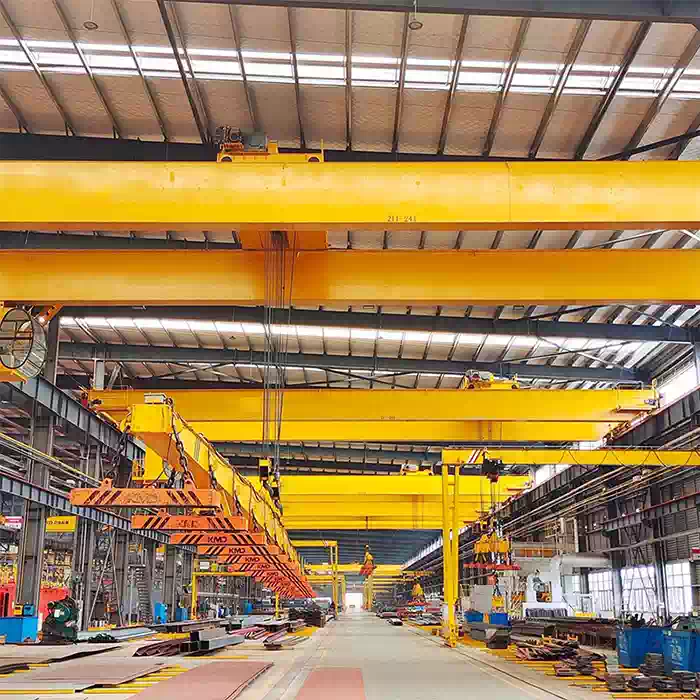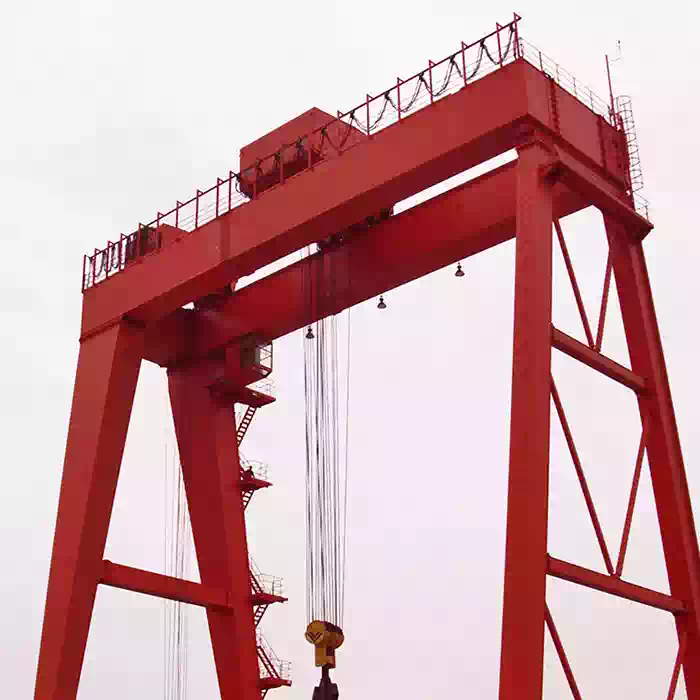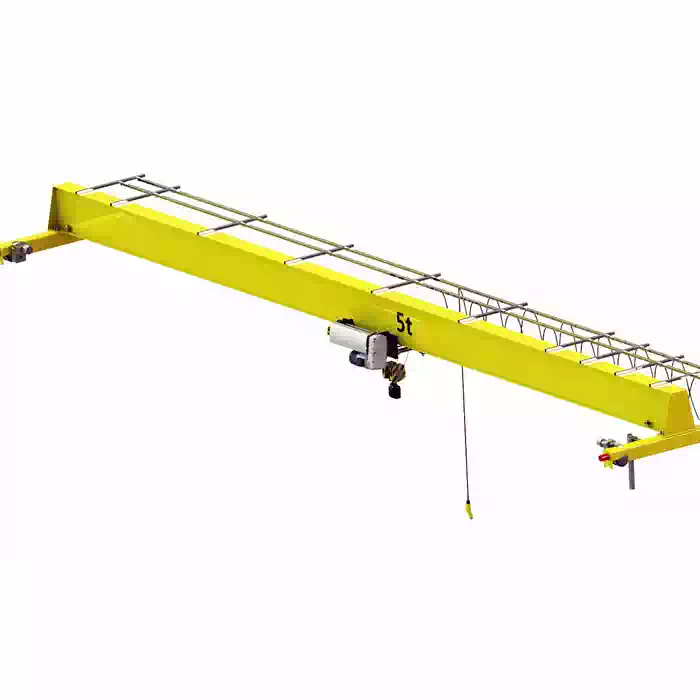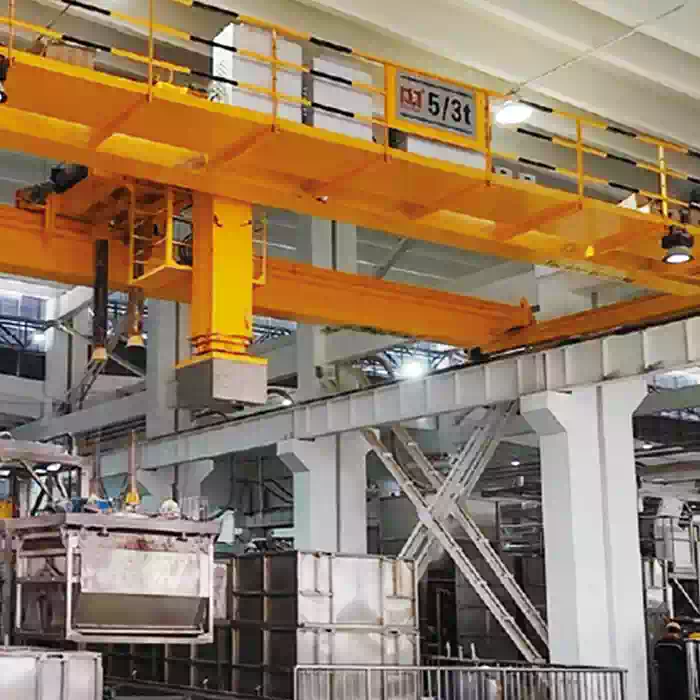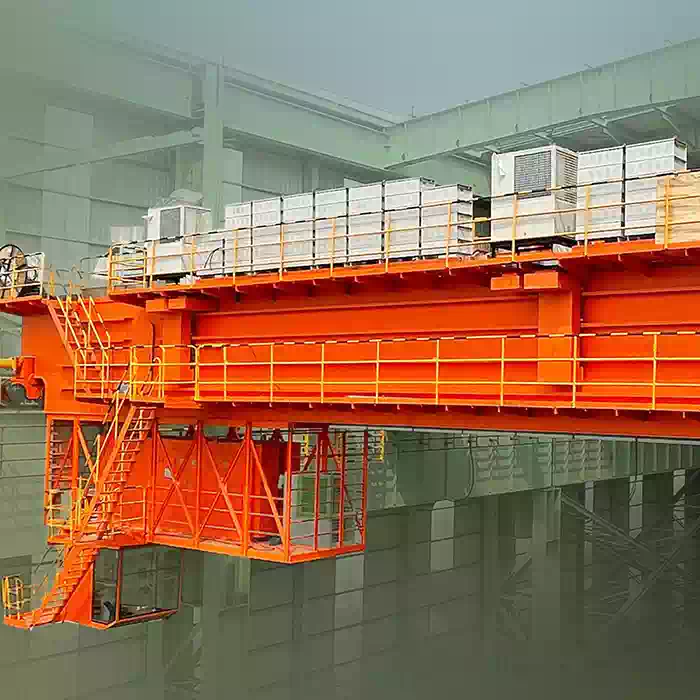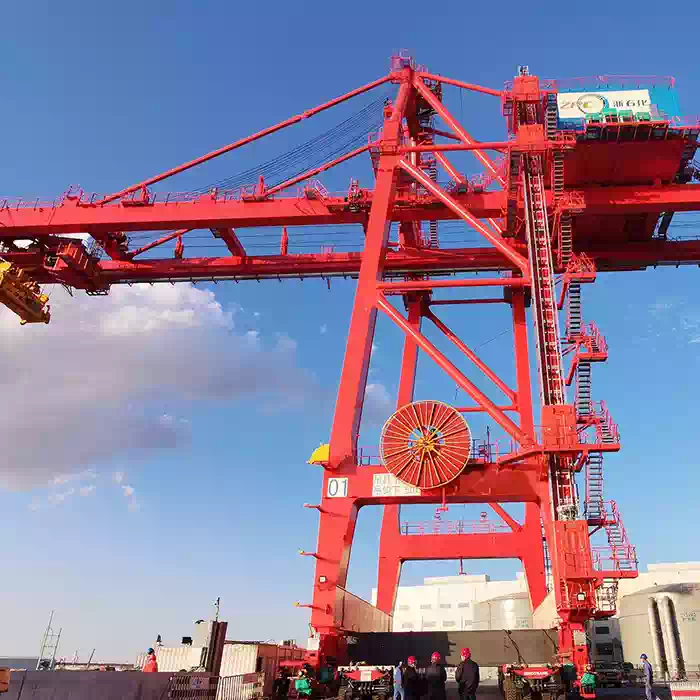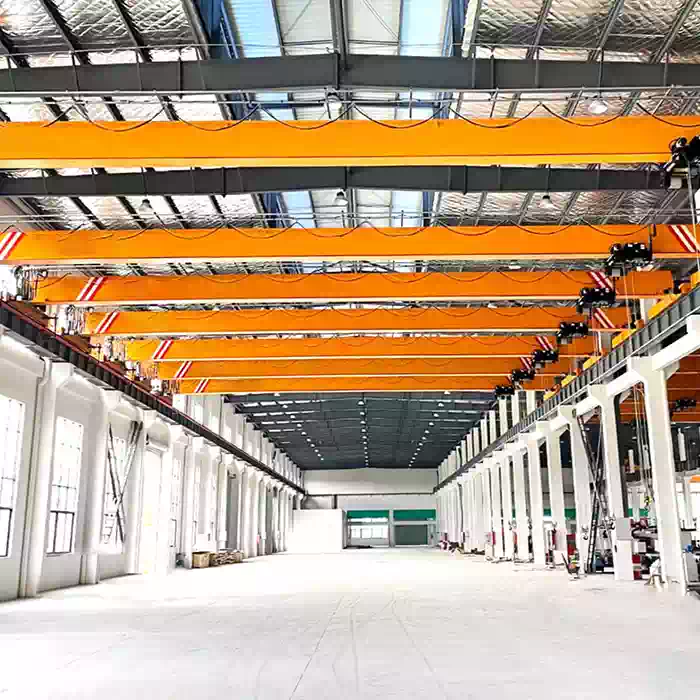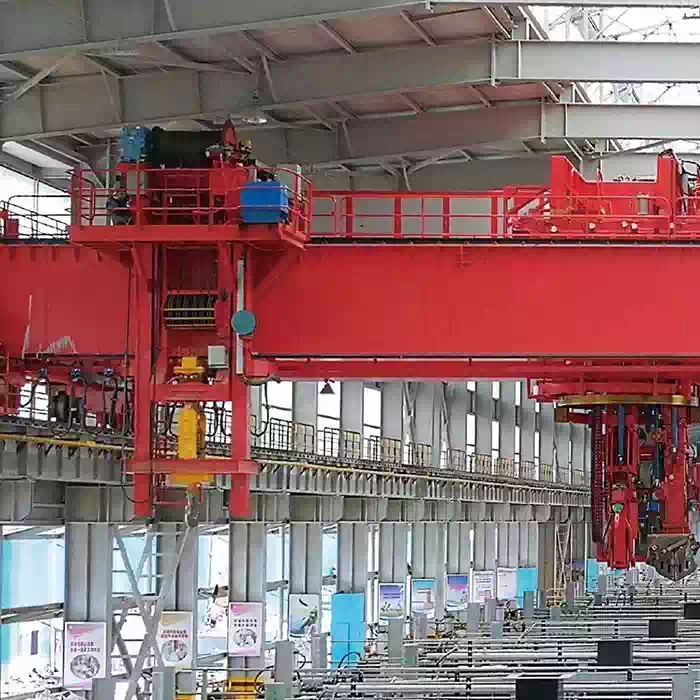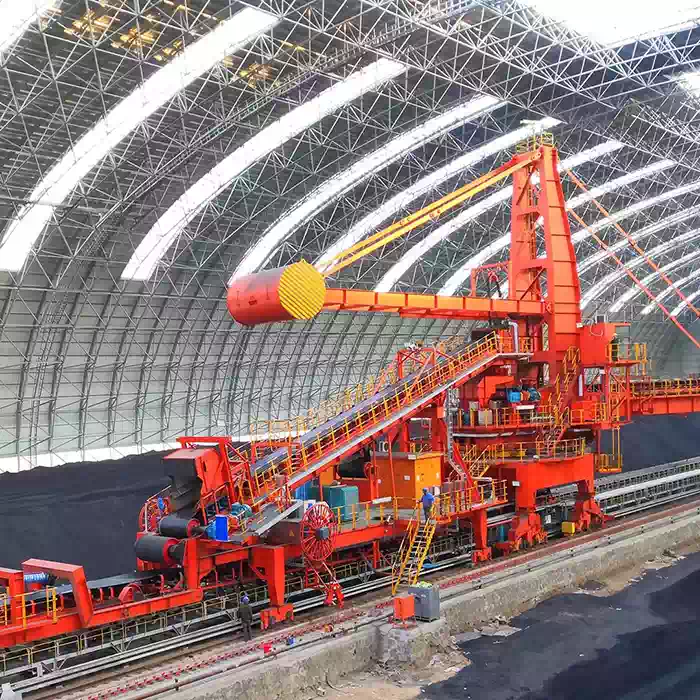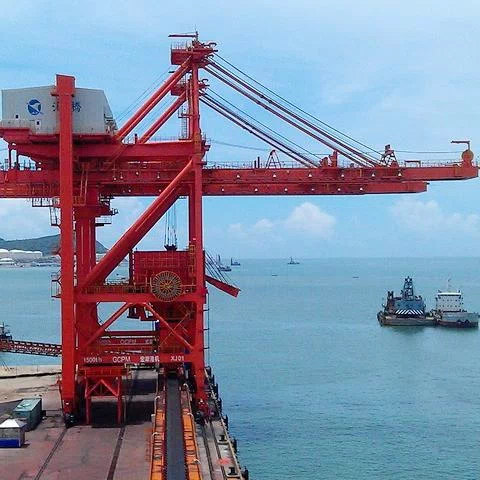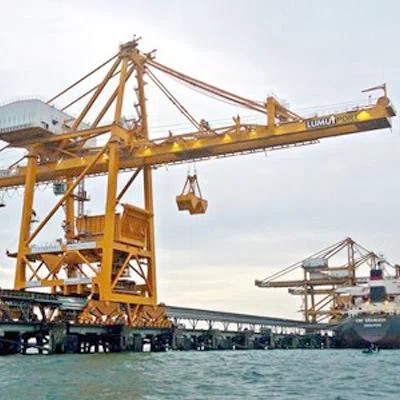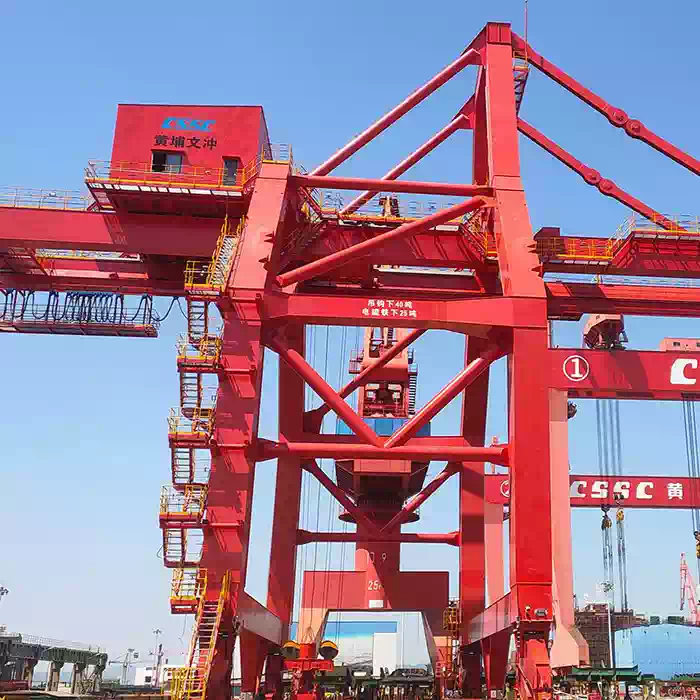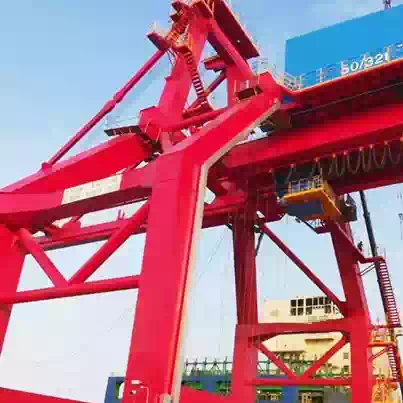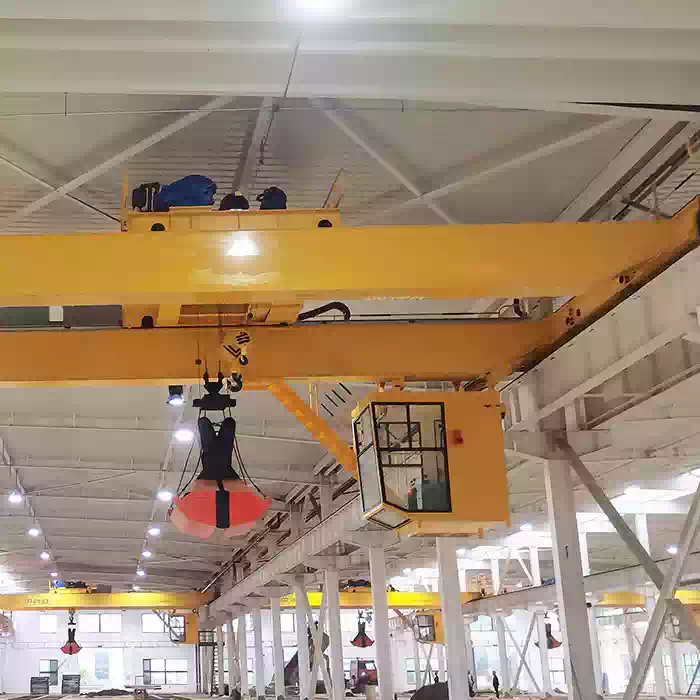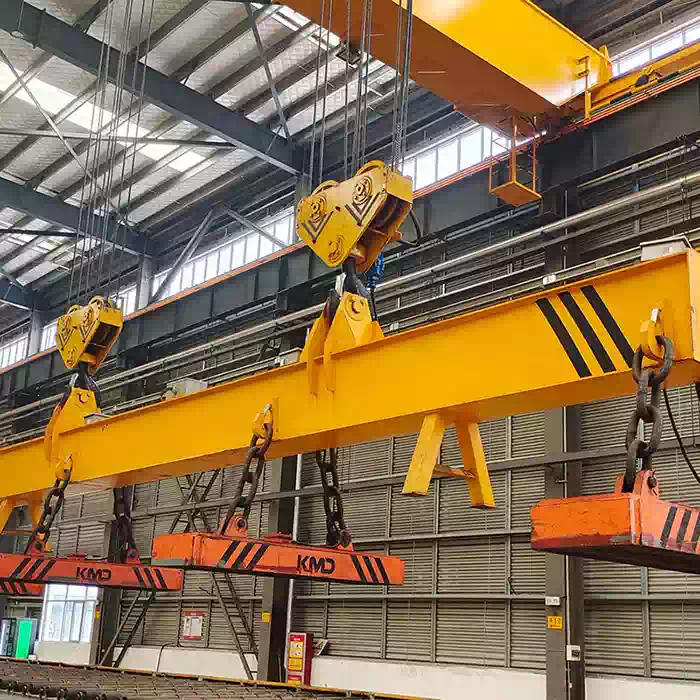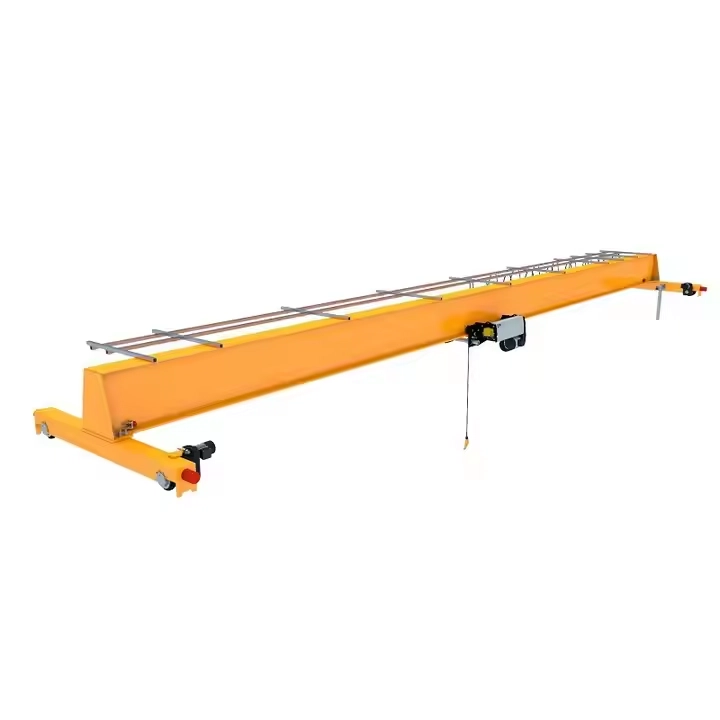

- A7
- A8
-

 Grab bucket
Grab bucket
-

 Container spreader
Container spreader
The loading unloading crane is a kind of important cutting-edge unloading equipment in the wharf. Considering that the foregoing ship unloader can play an important role for the system's working efficiency, it has been widely applied to all kinds of ports. As a result, the loading unloading crane has developed into the main ship unloading machinery in the bulk importing area in the wharf by right of its maturity, reliability, strong adaptability of ship type and commodity, high production efficiency, high automation degree, low failure rate, convenient maintenance and other advantages.
System Introduction:
1. Traveling system: it adopts self-propelled driving system, and driving equipment consists of tire, axle,bearing and hydraulic motor.
2. Belt feeder system: belt feeder consists of transmission drum roll, turnabout drum, and roller, deliverytape, cleaning device, safety protection device, tension device and metal structure frame.
3. Arm support pitching system: arm support pitching system concludes hydraulic system and fixed support frame, and it is working by the use of double hydro-cylinder arm support with arm support pitch at 17 º -32 º angle.
4. Feeding device: feeding device makes material be delivered on belt feeder evenly, and it can be supported with tire mobile feeding device.
5. Charging barrel system: hose trunk swing system consists of hose swing back and front device and swing components. Propel equipment consists of hydraulic system, hose trunk and other components.
6. Hydraulic control and hydraulic station: it serves to support entire ship loader to move, and support hydro-cylinder arm support to do pitching motion, and drive hose trunk to swing back and front as well as support traveling system.
7. Electric apparatus: it consists of power supply, belt delivery component, controlling part, illumination, and signaling and safety signal protection. Movable power station can satisfy power supply for ship loader and supporting feeding equipments.
Loading unloading cranes are an integral part of port operations and are widely utilized across diverse ports around the globe. These cranes come in different types, each tailored to meet specific port requirements.
In large international ports that handle a high volume of containerized cargo, specialized container loading unloading cranes, such as the Ship - to - shore Container Cranes and Rail - Mounted Container Gantry Cranes (RMG cranes), play a pivotal role. Ship - to - shore Container Cranes are stationed at the dockside. When massive container ships arrive, these cranes extend their long booms over the ship's deck. Equipped with advanced lifting systems, they precisely latch onto containers and lift them from the ship, then smoothly transfer them to the dock. From there, the containers can be further transported to storage areas within the port or directly loaded onto trucks for onward distribution. During the loading process, the reverse occurs - the cranes pick up containers from the dock and load them onto the waiting ships, ensuring a seamless flow of goods in international trade.
In smaller ports or those dealing with more general cargo, general - purpose loading unloading cranes are more commonly used. These cranes are versatile and can handle a variety of cargo types, including bulk materials like grains and coal, as well as break - bulk items such as machinery parts. They have adjustable lifting mechanisms that can be configured to suit different cargo sizes and weights. For example, they might use grab - like attachments to scoop up bulk materials from the hold of a ship and deposit them onto conveyor belts for further handling.



